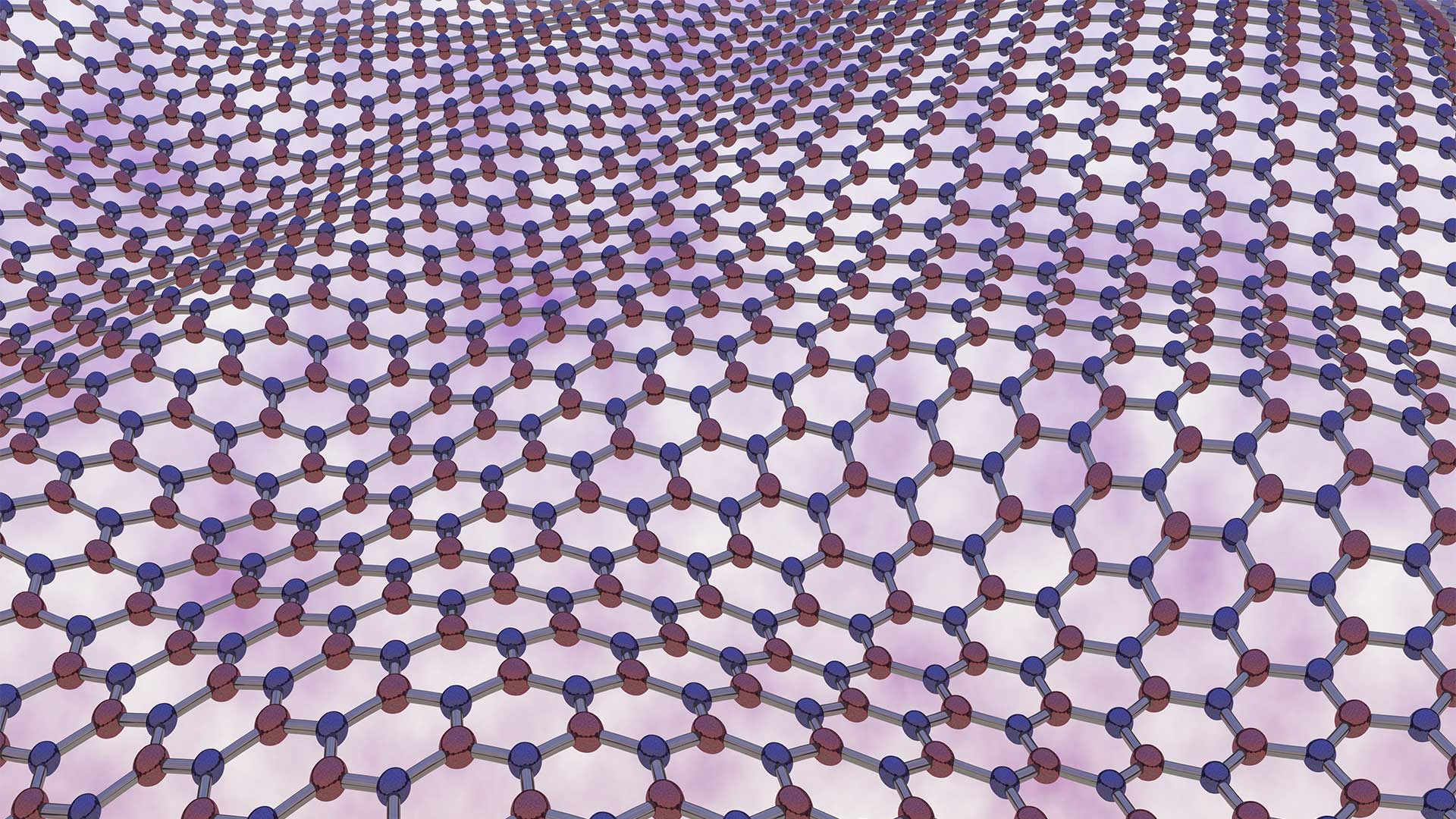Boron and Quantum Computing
Quantum computing is one of the most exciting areas in science today. Currently, silicon-based qubits provide the processing power for these hugely powerful machines. However, Hexagonal Boron Nitride, hBN, is a promising material for quantum technologies. hBN benefits include lower error rates, an increase in the number of qubits per chip, increased stability, better conductivity, and reduced energy loss. They are also more cost-effective. Boron in quantum computing is an area worth understanding.

Boron in Quantum Computing
Quantum computers are more powerful than conventional ones because quantum bits can exist in both states, i.e., quantum bits (qubits) and classical bits (bits). This allows for an exponential increase in processing power. Currently, many technologists prefer silicon-based qubits. But there are limitations in performance. Using boron is an excellent qubit candidate. With its high stability, cost-effectiveness, lower error rates, and high efficiency, boron could enable quantum computers to be faster and more powerful than anything before.
What is Quantum Computing?
Quantum computing is a powerful new technology that can revolutionize everything from artificial intelligence to database management. Quantum computers are made up of quantum bits (qubits) and classical bits (bits). Classical bits can be in one or zero states at any time, while qubits can exist in an infinite number of states simultaneously. This allows quantum computers to solve complex problems exponentially faster than traditional computers. For example, compare a 10-bit classical computer with a 100-qubit quantum computer. It is visible that the latter would have more computational power by 1 million times.
Quantum computing is a new and exciting field of study that can potentially change the way we compute with its ability to process vast amounts of data. Quantum computing may sound like science fiction, but it’s here now and has the potential to revolutionize everything from medicine to transportation. We are just beginning to understand its potential uses, but one thing is clear. It will change our lives as much as the internet did two decades ago.
Use of Silicon in Quantum Computing
Classic computing uses silicon’s electric charges to represent information. However, quantum computing relies on ‘spin.’ Spin refers to the magnetic properties of an electron or atom. In the simplest of cases, Spin can be represented by a 0 or a one depending on the requirements for a qubit.
These futuristic computers will need tens to thousands of qubits capable of communicating with one another to realize quantum computing’s promise. While the prototype quantum computers of Google, IBM, and other companies today contain many qubits made using superconducting circuit technology, many technologists prefer silicon-based qubits.
Spins are more fragile than charges when you reduce the number of spins to one. However, for one Spin, it is crucial to consider the subatomic composition of silicon atoms. Silicon always has 14 protons but can exist in three “isotopes,” meaning that it can have 14, 15, or 16 neutrons while still being silicon. A silicon atom with 15 neutrons (silicon-29) acts as a small magnet that disrupts quantum information in spin qubits. If we can remove silicon-29 (14 neutrons) and isolate silicon-28, we can create a “semiconductor vacuum” free of electric and magnetic disturbance.
The silicon spin qubits can retain their quantum state for extended periods than other qubit technologies. Because silicon is used in everyday computing, it is possible to produce silicon-based qubits at a reasonable cost.
Limitations of Silicon in Quantum Computing
While silicon is currently a viable option for quantum computing, it appears to have several limitations compared to boron.
Silicon spin qubits are made from single electrons and are extremely small. Silicon’s electrical resistance increases as size decreases. It might not withstand high temperatures without becoming brittle and cracking. Silicon is less stable than boron. Due to silicon’s melting point, it might require too much coolant. A more comprehensive range of isotopes than silicon means boron can be more easily purified, which means better results in quantum computing.
Boron may help us create quantum computers more efficiently since it has properties that silicon does not have.
Boron in Quantum Computing
Hexagonal Boron Nitride (hBN), a versatile solid-state material, has played a vital role in many applications ranging from lubrication, cosmetic powder recipes, thermal control to neutron detection. hBN is a promising material for quantum technologies. Several factors set hBN apart from competing materials.
Modern quantum technologies are built on manipulating and generating single photons. Single-photon sources are different from conventional thermal light sources like coherent light sources (lasers) and incandescent light bulbs (incandescent). They emit light as a single quantum particle (photons), which interact and can store and produce new information in quantum computations.
Defects can create single-photon sources in crystal structures, such as those containing impurity atoms. The high potential density of defects in hBN combined with the large bandgap makes it an ideal platform for single-photon source support.
Quantum applications are not compatible with nanophotonics applications requiring high sample purities. They exhibit sharply enhanced spectral features compared to pure hBN with light energy at 4.1 eV.
Experiments on photoluminescence using hBN samples containing C, Si, and Mg impurities showed sharply enhanced spectral features than pure hBN at an energy of 4.1 eV.
Cathodoluminescence experiments in which an electron beam emits phonons have recently reported single-photon emission at that frequency. However, this phenomenon has not been confirmed for laser-induced emission (photoluminescence).
Photoluminescence experiments also revealed several spectral lines below four eV, which may indicate a single photon-emitting defect within this energy range. These defects are still controversial. Despite the complexity involved in studying single-photon emission (hBN), the work of Professors Edgar Gil and Cassabois has provided solid evidence of the extraordinary potential this material holds in the field of quantum technologies.
Benefits of Boron in Quantum Computing
Boron-based qubits – Hexagonal Boron Nitride – offer an alternative to silicon, which is currently the most popular material for this purpose. The properties of boron and its associated compounds make it one of the best candidates for scalability and stability for this type of application.

Hexagonal Boron Nitride
Lower Error Rates
Quantum computing has been predicted to offer exponential performance gains for computations, especially in machine learning and artificial intelligence applications. However, quantum computers are notoriously difficult to operate due to their unusual properties, making them prone to errors when used by imperfect humans.
The introduction of boron into this system enables quantum processors to work efficiently while also being resistant against interference from other particles. It can keep away light or radiation, which can cause errors in processing data points and lead to incorrect results.
Thus, boron can act as a new qubit (quantum bit) type that offers lower error rates than other currently used types.
Increase in the Number of Qubits Per Chip
The element boron is an essential building block in constructing quantum computers. When we replace silicon with boron, it is possible to increase the number of qubits per chip, improving performance.
Increased Stability and Reduced Energy Loss
Quantum computing relies on qubits storing information without any energy loss or interference from outside sources. They only exist in two states at any given time: 0 or 1.
Worryingly, it is easy for an external source like heat or a slight vibration to disturb the system and lose its state. Boron is one of several promising qubit alternatives that can solve this issue. Its atomic structure offers inherent stability for this type of computing while still being compatible with existing systems using other types of qubits.
Conductivity
Quantum computing is an exciting and expanding field. It has the potential to revolutionize how we work, play, and live. Boron is a crucial ingredient for quantum computers because it does not conduct electricity at room temperature. This property protects delicate quantum bits.
Cost-effectiveness
Boron has higher scalability at lower costs per atom than silicon, leading boron to become more attractive than current types used by industry leaders, especially by companies like Google, IBM, Microsoft, and Intel. They are racing toward commercial Quantum Computing technology within the next few years.
Conclusion
However, there are still challenges with scaling up processing power on boron devices. Quantum computing continues to evolve. In this respect, future applications may. Make use of boron to play a significant role in solving complex problems.
Boron has tremendous advantages over silicon-based qubits. However, it includes scalability issues with current hardware systems. Scientists predict that boron has significant potential for transitioning from an emerging technology into a mainstream reality within this decade. It also can potentially shift quantum computing from little more than a novelty or laboratory experiment to an entirely new way of doing business.





